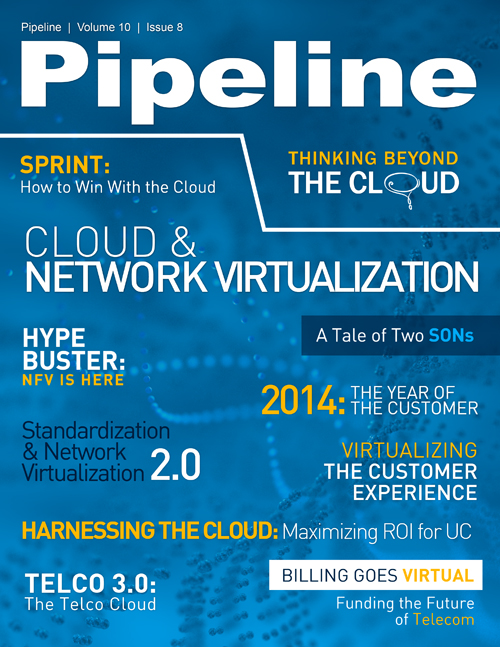Harnessing the Cloud to Maximize Unified Communications Investment
By: Jeff Betteker

As the world becomes hyper-connected and focused on efficiency, enterprises are increasingly turning to Unified Communications (UC). This burgeoning interest is helping UC make the transition from hype to reality. As such, now is the optimal time for enterprises that haven’t yet invested to begin evaluating UC offerings and how they can best integrate those offerings into their business. For those who are undergoing this process, examining cloud and hybrid UC may be the ideal starting point.
Definitions of UC can, and often do, vary; however, this term may be simply defined as the integration of real-time and non-real-time communication. Real-time services include instant messaging (IM), presence, telephony and video conferencing, while non-real-time communication includes unified messaging components such as integrated voicemail, e-mail, SMS and fax. UC isn’t a singular product but a set of them. These products or applications are often supplied by different vendors and are accessible via different devices and media types but reached through a common platform.
The benefits of UC are vast but, most notably, include the ability to better and more effectively collaborate, no matter where key stakeholders are located. This can spell tremendous benefits for a business in terms of productivity, business competitiveness and cost savings.
The Deployment Decision
Unified Communications can be deployed in several different models: cloud, on-premises or hybrid (a combination of cloud and on-premises deployment). While we will be mainly exploring cloud and hybrid deployments, it is also useful to discuss on-premises deployment as a point of comparison. From an enterprise standpoint, on-premises UC deployment is currently the most common model deployed. This type of deployment can be managed by a service provider or by the enterprise itself. There are some real benefits of deploying on-premises; the primary reason is control. Since on-premises UC is in the hands of the enterprise, it also allows for more flexibility and customization. This type of deployment is also frequently favored when security is a concern. What is particularly noteworthy, however, is that many enterprises are beginning to relinquish some of this control – the hallmark of this deployment model – by turning to a service provider to manage their UC solution. In fact, as a recent study by Dimension Data found, “There’s even greater interest in the managed service model” of on-premises UC. “In two years, 34-42% of large businesses will seriously consider UC as a premise-based, but managed service.”
So where does this leave cloud and hybrid deployment models? As it turns out, they are just beginning to come into their own. Each year, analyst firm Gartner publishes Hype Cycles, a research report that highlights key technologies from conception to adoption and plots them across five stages. This methodology gives stakeholders a more informed view of an ideal time to invest in a technology and how to sift the hype from the reality. According to Gartner’s most recent Hype Cycle, while both UC and Unified Communications and Collaboration (UCC) are reaching maturation, cloud and hybrid deployments are still in somewhat nascent stages, with hybrid UC projected to reach full-scale adoption in five to ten years and Unified Communications as a Service (UCaaS) in two to five years. As these deployment models continue to move toward maturation, it is important to have a full understanding of their capabilities, benefits and challenges, so enterprises can ensure they maximize their UC return on investment (ROI).




















